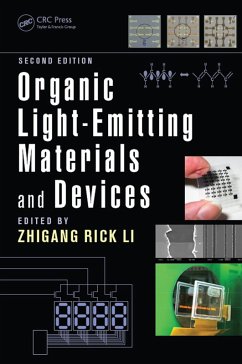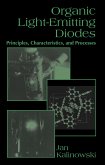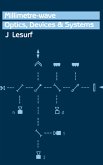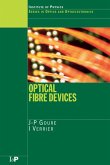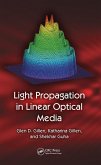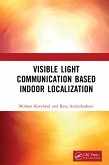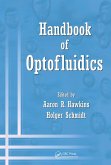Organic Light-Emitting Materials and Devices provides a single source of information covering all aspects of OLEDs, including the systematic investigation of organic light-emitting materials, device physics and engineering, and manufacturing and performance measurement techniques. This Second Edition is a compilation of the advances made in recent years and of the challenges facing the future development of OLED technology.
Featuring chapters authored by internationally recognized academic and industrial experts, this authoritative text:
- Introduces the history, fundamental physics, and potential applications of OLEDs
- Reviews the synthesis, properties, and device performance of electroluminescent materials used in OLEDs
- Reflects the current state of molecular design, exemplifying more than 600 light-emitting polymers and highlighting the most efficient materials and devices
- Explores small molecules-based OLEDs, detailing hole- and electron-injection and electron-transport materials, electron- and hole-blocking materials, sensitizers, and fluorescent and phosphorescent light-emitting materials
- Describes solution-processable phosphorescent polymer LEDs, energy transfer processes, polarized OLEDs, anode materials, and vapor deposition manufacturing techniques employed in OLED fabrication
- Discusses flexible display, the backplane circuit technology for organic light-emitting displays, and the latest microstructural characterization and performance measurement techniques
- Contains abundant diagrams, device configurations, and molecular structures clearly illutrating the presented ideas
Organic Light-Emitting Materials and Devices, Second Edition offers a comprehensive overview of the OLED field and can serve as a primary reference for those needing additional information in any particular subarea of organic electroluminescence. This book should attract the attention of materials scientists, synthetic chemists, solid-state physicists, and electronic device engineers, as well as industrial managers and patent lawyers engaged in OLED-related business areas.
Dieser Download kann aus rechtlichen Gründen nur mit Rechnungsadresse in A, B, BG, CY, CZ, D, DK, EW, E, FIN, F, GR, HR, H, IRL, I, LT, L, LR, M, NL, PL, P, R, S, SLO, SK ausgeliefert werden.

